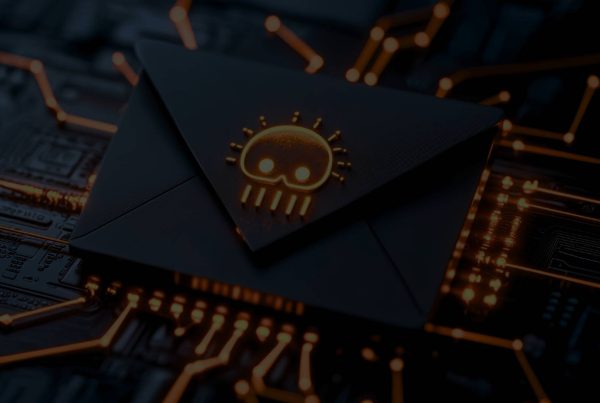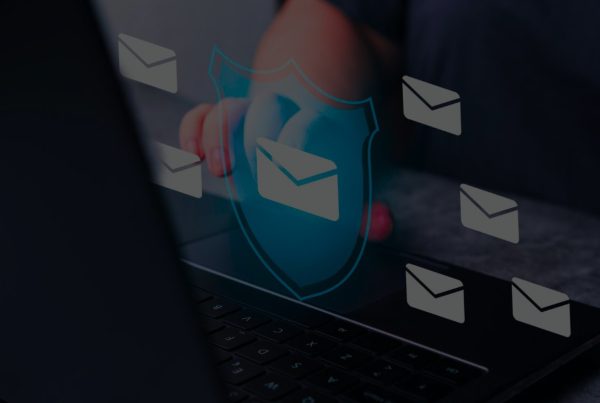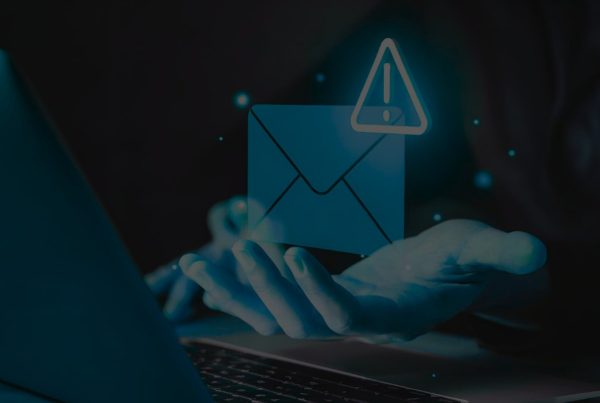Zero Trust Meets Automation: The Next-Gen Compliance Strategy for Cybersecurity
As cyber threats become more sophisticated and regulatory demands tighten, traditional perimeter-based security models are rapidly losing relevance. Enter the Zero Trust model—an approach that assumes no user or system, internal or external, should be inherently trusted. But while Zero Trust offers a robust cybersecurity framework, its full potential is only realized when paired with intelligent automation. In 2025, the convergence of Zero Trust architecture and compliance automation is emerging as the gold standard for organizations seeking scalable, real-time security compliance.
Why Traditional Cybersecurity Models Are No Longer Enough
Legacy cybersecurity systems were designed for a world where trust could be placed within network boundaries. However, with the rise of remote work, cloud adoption, and third-party integrations, the attack surface has expanded significantly. This shift has made manual compliance checks and static security policies both outdated and dangerous.
Traditional compliance frameworks are reactive, relying on scheduled audits and post-incident reviews. In contrast, today’s threats demand continuous compliance monitoring, instant risk detection, and proactive enforcement—capabilities that only automation and AI can deliver effectively.
The Zero Trust Philosophy: Verify Everything
The Zero Trust model operates on a simple principle: “never trust, always verify.” Every access request is authenticated, every device is validated, and every data transfer is monitored, regardless of its origin. However, maintaining this level of scrutiny manually across thousands of endpoints and users is not feasible.
This is where automation comes in. AI-driven tools can continuously assess access controls, enforce dynamic policies, and monitor behavior anomalies without human intervention. These capabilities not only strengthen cybersecurity posture but also ensure real-time compliance with frameworks like NIST, ISO 27001, and HIPAA.
Case Study: Google’s BeyondCorp and Policy Automation
One of the most referenced examples of Zero Trust at scale is Google’s BeyondCorp initiative. Built to enable secure access without a VPN, BeyondCorp uses device and user context to determine access rights. The system continuously evaluates device health, user behavior, and location before granting access.
What sets BeyondCorp apart is its use of policy automation. Compliance policies are embedded into the infrastructure and enforced in real time—eliminating the need for static approvals. This has enabled Google to manage compliance across a highly distributed workforce without compromising on security or user experience.
Case Study: Zscaler and Real-Time Compliance Reporting
Zscaler, a global cloud security leader, enables Zero Trust access through its cloud-native platform. One of its flagship offerings includes automated compliance reporting integrated into its Zero Trust architecture. With features like AI-driven anomaly detection and chatbot-style compliance assistants, Zscaler helps enterprises continuously map their cybersecurity posture against regulatory benchmarks like GDPR, PCI-DSS, and CCPA.
Clients such as Siemens and GE have leveraged Zscaler to reduce their dependency on manual audit processes, replacing them with automated dashboards that offer real-time compliance insights. This has dramatically improved their ability to respond to audits and maintain a proactive risk management posture.
Intelligent Automation: A New Layer of Cyber Defense
By integrating AI, machine learning, and chatbots, compliance in cybersecurity is becoming smarter and more responsive. For example, AI models can flag abnormal login patterns or unexpected file movements and trigger automated remediation actions—such as revoking access, notifying security teams, or launching a compliance incident protocol.
Meanwhile, internal chatbots can guide employees on real-time policy compliance, minimizing human errors in access management or data handling. These tools create a culture of compliance by design, not by enforcement.
Looking Ahead: Compliance as a Competitive Advantage
Zero Trust is no longer a theoretical framework—it’s becoming a compliance necessity. However, achieving Zero Trust without automation is impractical. The modern cybersecurity strategy must be rooted in continuous verification, real-time compliance, and AI-driven automation.
Organizations that embrace this convergence are not only reducing cyber risk but also gaining a strategic advantage—by demonstrating regulatory maturity, building customer trust, and staying audit-ready at all times.
In the age of digital complexity, Zero Trust plus automation isn’t just the next step—it’s the only way forward.








